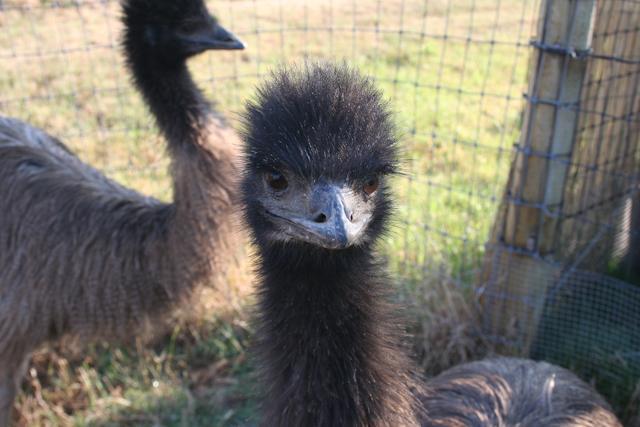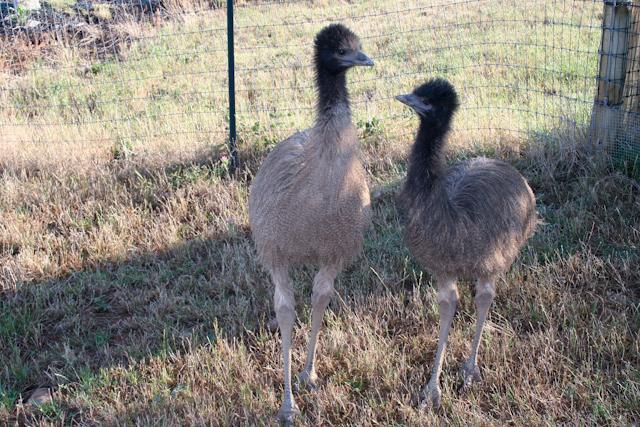Quote:
And still we wait for pictures of Jake's Icelandics

Quote:
Thanks for the translation and pics, it explained your comment quite clearly.
Quote:
Wow, rough night, I'm so sorry

And still we wait for pictures of Jake's Icelandics

Quote:
Thanks for the translation and pics, it explained your comment quite clearly.
Quote:
Wow, rough night, I'm so sorry

Last edited:










